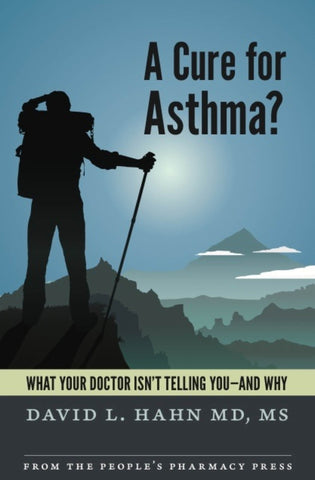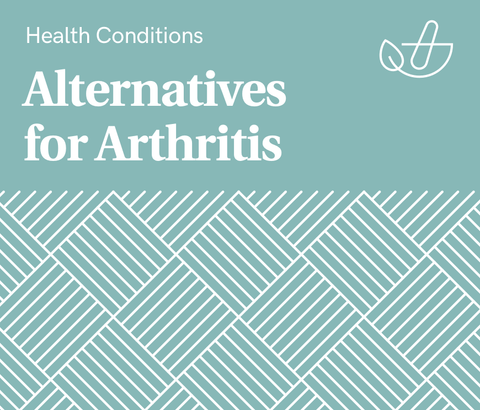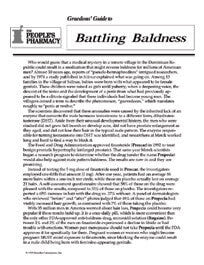Link to your individual collections by creating a new linklist in the Navigation section of the admin.
You can then have it appear here by choosing your new linklist under Customize Theme / Sidebar.

Show 1294: New Treatments for Migraine Headaches
This week on our nationally syndicated radio show, we learn about the most common neurological disease humans suffer. Just in time for the Migraine World Summit, we will discuss new treatments for migraine headaches. Recent advances include methods for prevention as well as relieving symptoms.
What Are the New Treatments for Migraine Headaches?
For decades, people with migraine headaches had limited options to alleviate the disabling pain, nausea and aversion to light, sound or smell that so often accompany an attack. Conventional pain relievers such as aspirin or acetaminophen worked for some sufferers some of the time, but only if taken very early in the attack.
Ergotamine:
Ergotamine (eg Cafergot) also offered relief, but not for everyone. Although it fell out of favor for years, a new nasal spray formulation, Trudhesa, has brought it back to the first line to alleviate symptoms of migraine.
Triptans:
In the 1990s, drug companies developed medications such as sumatriptan (Imitrex). Most of these were injected, an advantage when nausea makes it impossible to swallow pills.
Prevention as Well as Treatment:
Over the last several years, people with frequent migraines have been able to take preventive medications that have become available relatively recently. Drugs like erenumab (Aimovig), fremenezumab (Ajovy) or galcanezumab (Emgality) are monthly injections that can significantly reduce the number and severity of migraine attacks.
There are also new medications that can cut an attack short. As with other treatments for migraine headaches, these also work best when taken at the first hint of a problem. Many (but not all) individuals report that a migraine has a premonitory phase, which may include a visual aura. This alerts the patient to an impending attack and may allow action to avoid it.
What Is It Like to Have Migraine Headaches?
To understand the personal impact of frequent migraines, we speak with Paula Dumas about her experience. At the worst point, Paula suffered devastating migraines 25 days out of the month. She calculates that she has lost about a decade of her life to migraine. To help other people avoid that fate, she provides information on her own site, MigraineAgain.com, and helps to produce the Migraine World Summit.
What Is the Migraine World Summit?
This conference brings together experts from a range of fields to offer updates that can help people with migraines. This year it starts on March 16 and runs through March 24. The organizers post four expert interviews each day, and visitors can view them for free for 24 hours.
What Are Other New Treatments for Migraine Headaches?
In addition to the monoclonal antibodies used for prevention, doctors can now prescribe a different class of drug to prevent migraines. These include medicines such as atogepant (Qulipta) and rimegepant (Nurtec ODT). Nurtec can also treat migraines as well as prevent them. People who suffer more than four days of headache a month might ask their health care provider whether a preventive would be appropriate.
This Week's Guests:
Paula K. Dumas is a leading health advocate and educator, producer of the Migraine World Summit, and founder of MigraineAgain.com. After juggling a demanding career with CNN, Apple, and Disney, she shifted gears to devote herself to family, faith, and health advocacy. Although she’s lost a decade worth of days to migraine, she’s been able to reduce her frequency from 25 days a month to less than a day a month. Now, she’s helping others to do the same. https://www.migraineworldsummit.com/
@MigraineSummit on Twitter, @MigraineWorldSummit on Facebook and Instagram
The photo is of Paula Dumas.
Deborah I. Friedman, MD, MPH, is a Professor in the Department of Neurology and the Department of Ophthalmology at the University of Texas Southwestern Medical Center. A neuro-ophthalmologist and headache medicine specialist, Dr. Friedman is the founding Director of UT Southwestern’s Headache and Facial Pain Program and serves as Director of UTSW’s Disorders of Intracranial Pressure Program.




